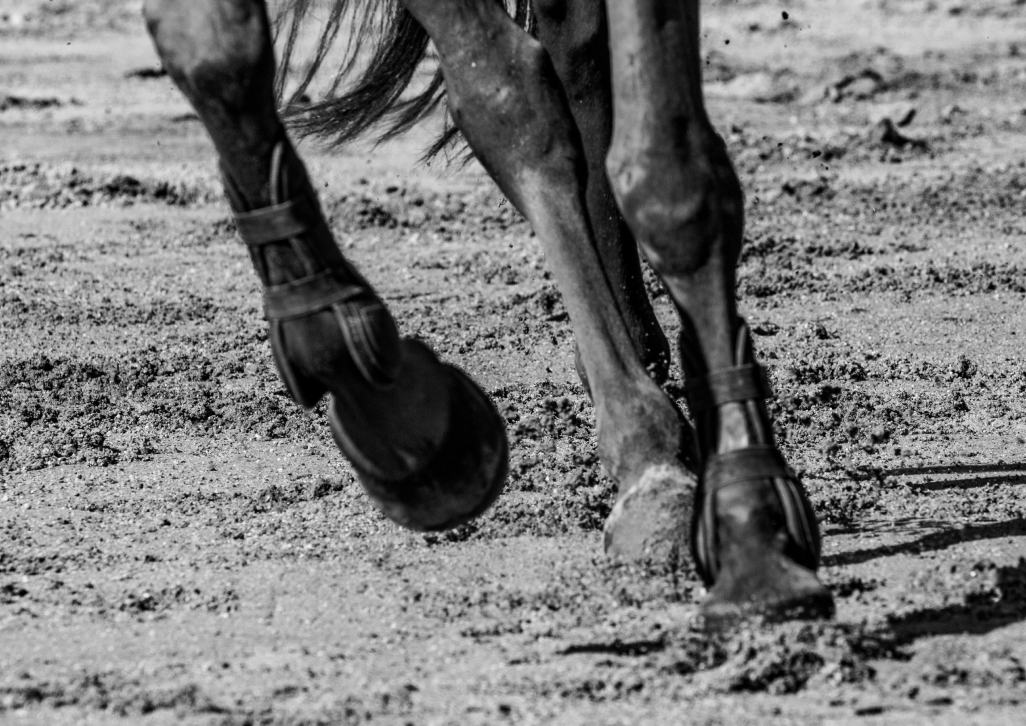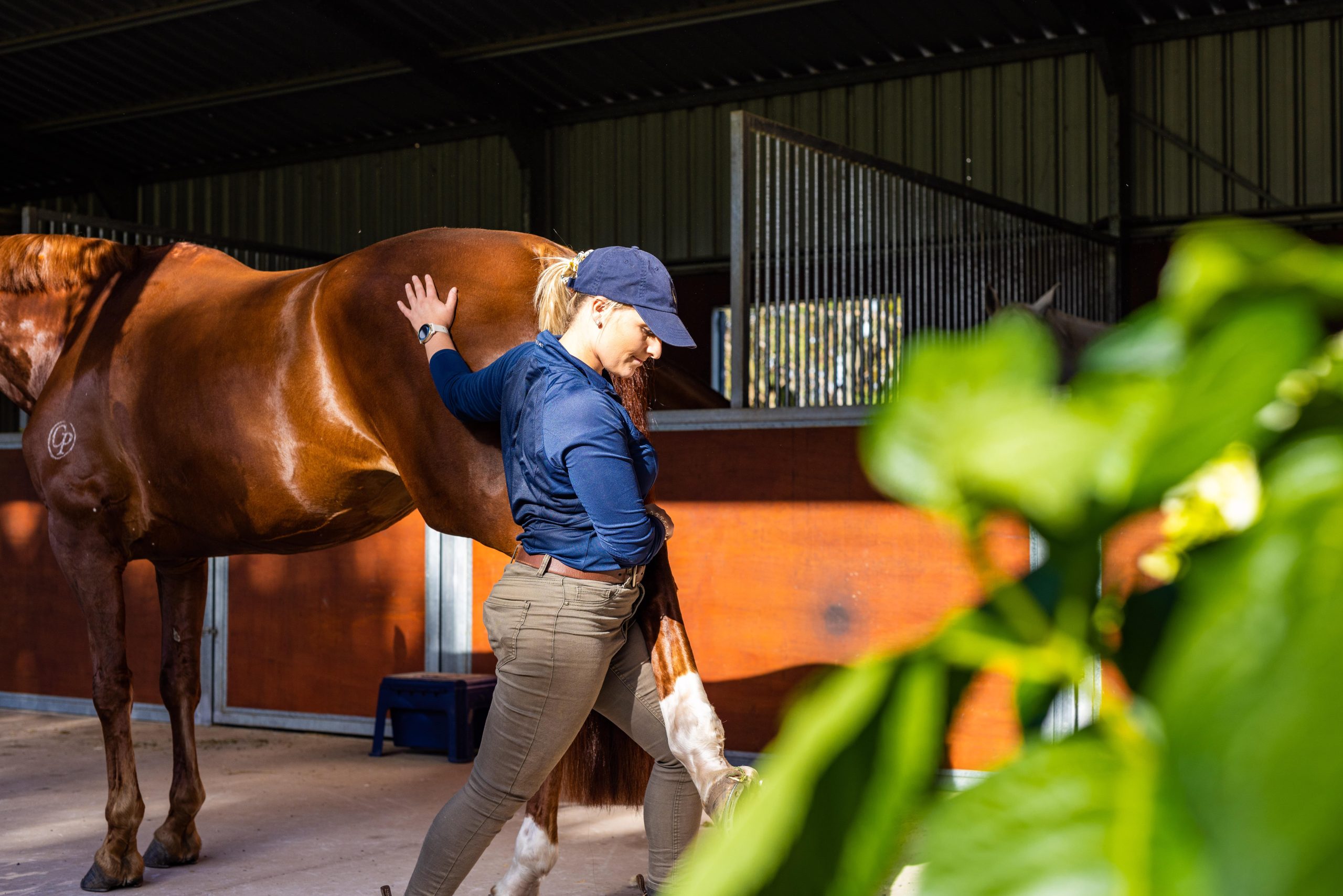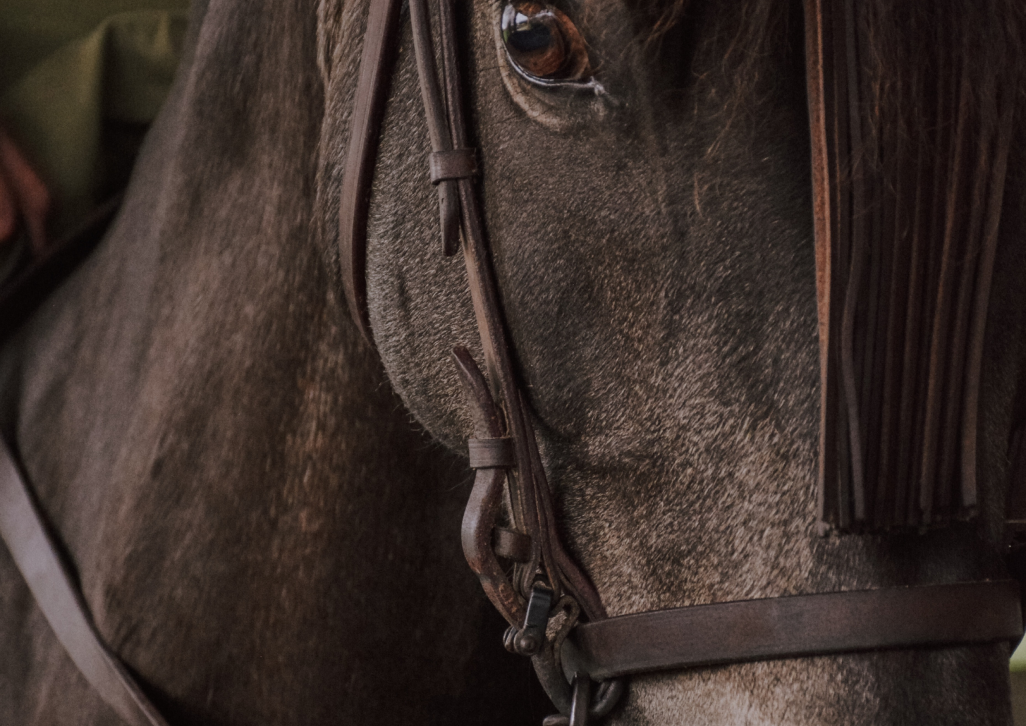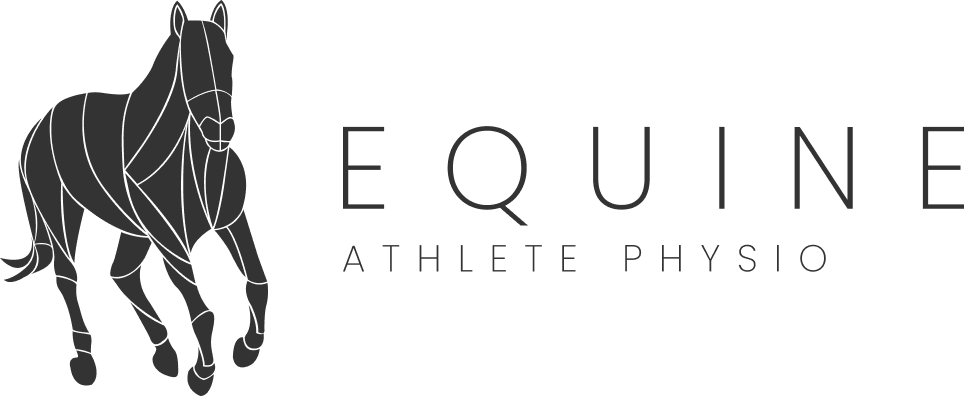There are several key areas to address when training for optimal performance. These include strength, endurance, power, balance and proprioception. I hear you, you’re probably thinking, ‘What on earth is that last word?’ Also known as kinesthesia, many people don’t know what proprioception is, how to train it, or how it helps with performance. We are here to explain!
Proprioception is essentially the bodies perception of where and how our joints and limbs move in space. This sensation arises from the input of tiny sensory receptors that are located within your muscles, tendons and skin tissues. These signals travel to the brain, telling the body what movements need to occur, with what forces, and at what particular point in time. Additionally, it combines with other senses (Vestibular, nervous and vision) to locate external objects relative to the body and contributes to body image (Haan et al., 2015). For example, proprioception allows you to walk without thinking about each single step, it also allows you to touch your elbow with your eyes closed. If you had poor proprioception, you may trip or stumble frequently, or knock into doors as you walk past. Proprioceptive acuity has been found to be significantly correlated with high level sporting acheivements in elite athletes (Haan et al., 2015). Well-developed proprioception largely contributes to efficient strength, balance, co-ordination and correct movement patterns, ultimately improving you (or your horse) as an athlete.
When there is injury to any tissue, for example a muscle tear, not only do the muscle fibers become disrupted, but so do these very small sensory receptors within it. This impairs the normal feedback the brain receives from this area, subsequently effecting the muscles' ability to accurately produce force, the timing of its activation and its functional role. Additionally, lack of proprioception may occur more globally within one's body, for example, after having several months of rest and de training.
Physiotherapists are experts in physiological rehabilitation, and can provide a specific and individualized exercises to target proprioception in an area that may have been injured or weak, or out of practice.
If your horse is often knocking their feet on each other, intermittently stumbling or tripping, or simply have or have had an injury, it may be worth seeking some physiotherapy input to improve proprioception and therefore performance.
For the rider, if you find you slouch to one side, or often have uneven rein contact your physiotherapy may be able to help you with some proprioceptive posture coaching. Asymmetrical positioning and guidance can interfere with the aids from the rider when performing exercises, resulting in miscommunication, thereby negatively affecting performance and welfare of the horse. A recent study by Heidbuchel et al (2022) indicated that experienced riders who have better bodily proprioception experience decreased rein contact variability, increased postural control and a more balanced seat than novice riders on an equine simulator.
References
Han, J. et al. (2015) “Level of competitive success achieved by elite athletes and multi-joint proprioceptive ability,” Journal of Science and Medicine in Sport, 18(1), pp. 77–81.
Heidbuchel, A. et al. (2022) “Assessment of kinematics on an equestrian simulator and physical fitness according to different skill levels of dressage riders,” SSRN Electronic Journal










